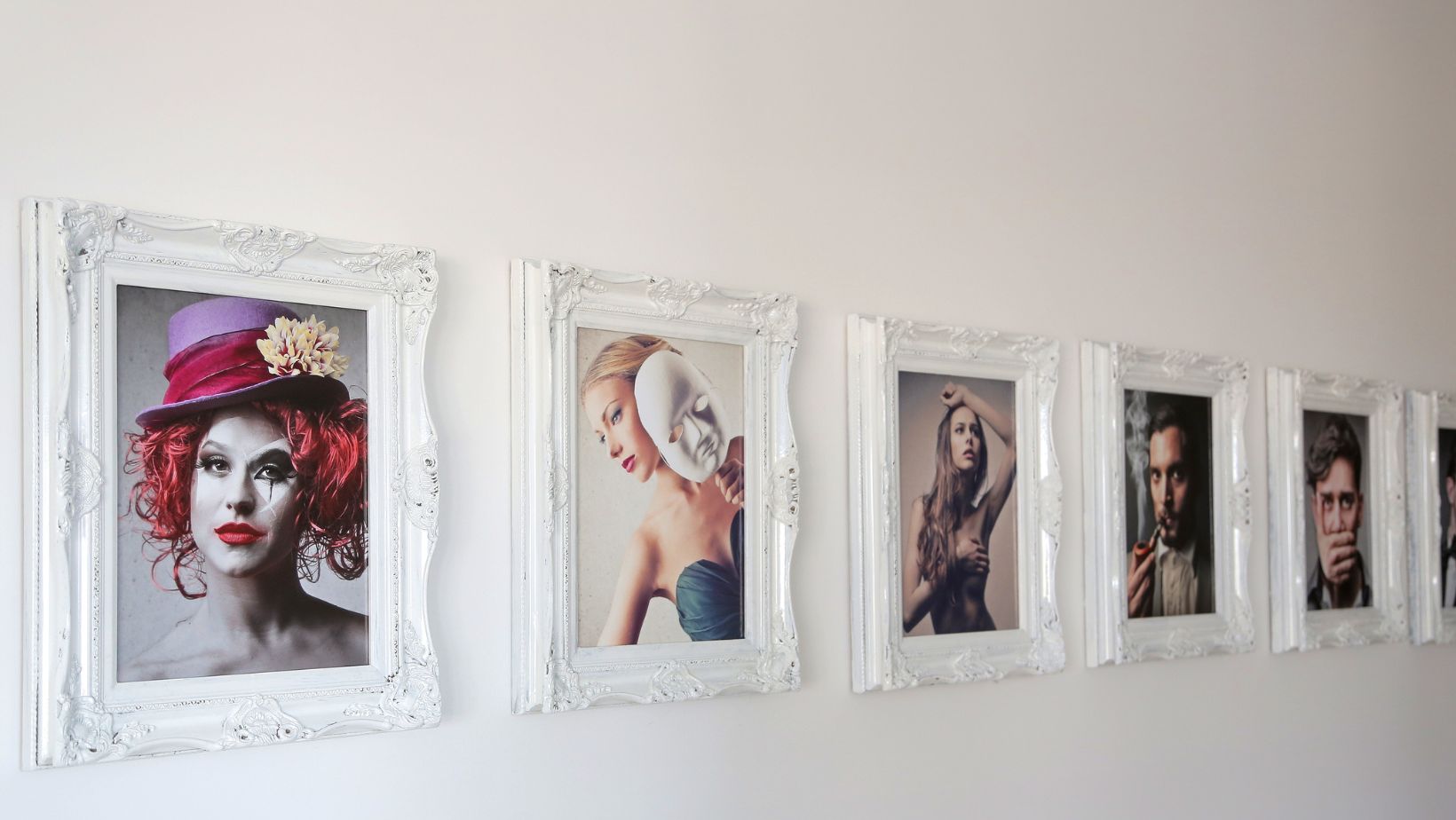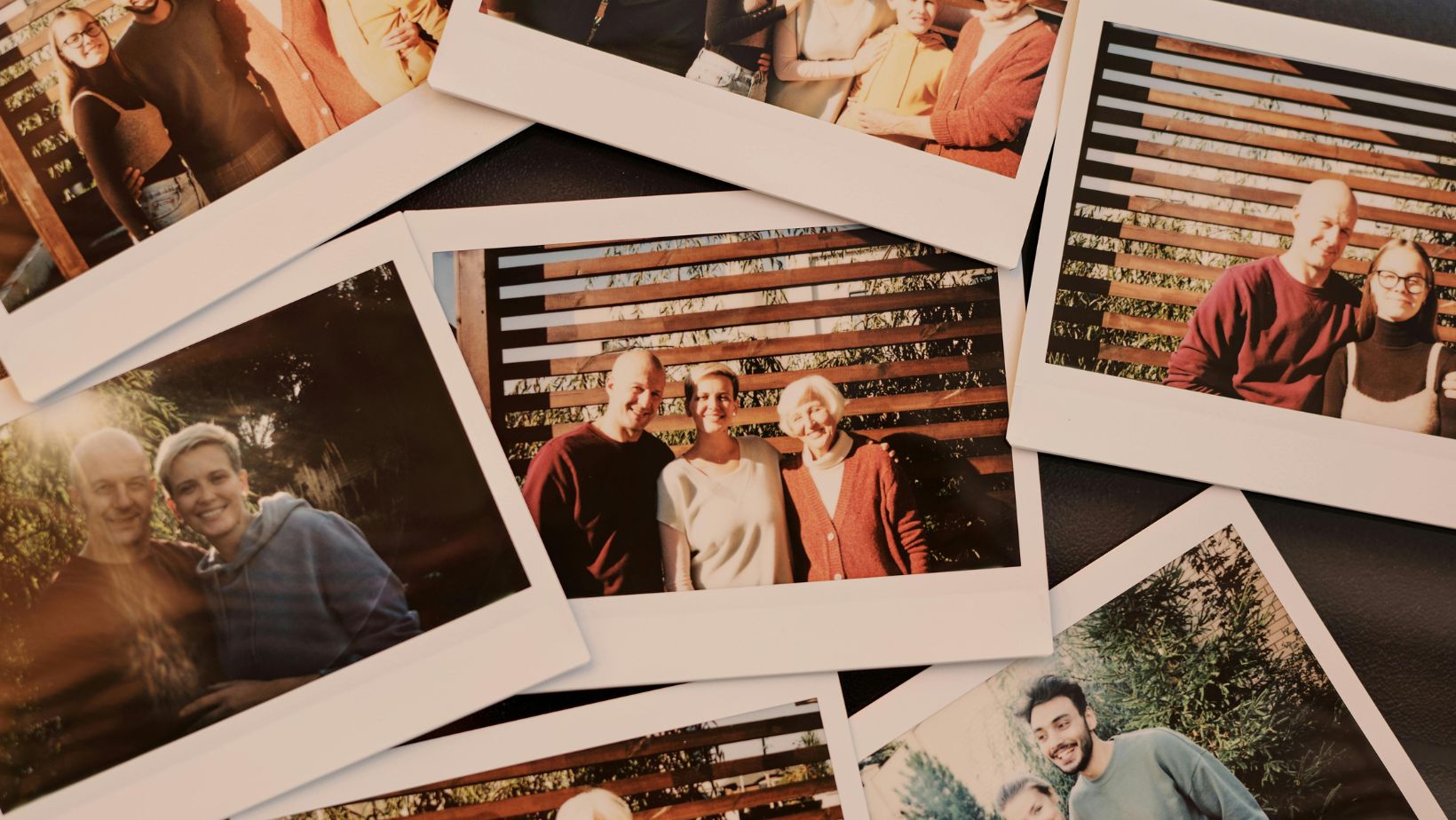Face-swapping stopped being this weird novelty thing and became… actually useful? Somehow. Icons8’s Face Swapper proves this point perfectly – it creates believable results instead of the creepy digital disasters most AI tools produce.
Everything happens through browsers. No software downloads, no “please restart your computer” nonsense. Upload photos (max 5MB), wait about 20 seconds, get back decent 1024-pixel images. Simple interface hiding complex tech underneath.
Quality hit me first. These don’t look obviously fake – they look real enough that you’d have to study them carefully to notice. Processing speed helps enormously. Twenty seconds drags when you’re watching progress bars, but it’s fast enough for real deadlines.
Detailed facial mapping drives everything. The AI finds tons of reference points on faces – eye corners, nose shape, mouth curves, jaw angles. That’s why it works with messy photos that would break other tools. Hair covering face? Usually fine. Terrible lighting? Often works anyway.
Consistency separates this from competitors big time. Most face-swapping tools are basically random – same photo, different result every time. Icons8 gives predictable output, which matters hugely for professional work.
How It Actually Functions
Handles JPG, PNG, WEBP files. The 5MB limit cuts out some massive pro camera files but covers normal photography fine. Everything processes on their servers, so your laptop doesn’t need serious power.
Face detection builds detailed geometric models way beyond simple recognition. This deep analysis explains why it handles tough scenarios – partially covered faces, people wearing glasses, dramatic lighting that destroys simpler algorithms.
Here’s something odd – photos often look better after processing. The AI fixes lighting issues and skin problems automatically. Some photographers use it just for this feature, not even for swapping faces.
Group photo processing coordinates multiple face changes while keeping lighting consistent across everyone. Harder than it sounds.
Whatever you upload – resolution, compression, quality – that’s what you get back. No random degradation.
Where People Actually Use This
Design Applications
Designers found this solves demographic representation problems nicely. Instead of hunting through stock photo sites forever, they photograph whoever’s available and swap faces to match their target audience.
Client meetings got way more dynamic. You can show how branding looks on different people in real-time instead of preparing separate mockups beforehand.
Brand projects that used to need expensive photo shoots with diverse models? Now it’s an editing step.
Packaging teams test how designs appeal to different demographics before printing anything. Cheaper than discovering people hate it after making thousands of boxes.
Speed changed everything. Design changes that took days now happen instantly during meetings.
Marketing Applications
Campaign localization became actually doable. Make one campaign, adapt it for different regions without hiring local models everywhere.
A/B testing exploded when you could systematically test different facial characteristics. Want to see how your ad performs with different age groups? Now you can without multiple photo shoots.
Free face swap trials let marketing teams test concepts before spending real money. Three days is enough to figure out if an approach works.
Holiday campaigns that used to need months of planning? Now you adapt existing photos quickly.
Social media managers keep content calendars full by modifying existing photos instead of constantly hunting for new ones.
Education Uses
Design schools teach facial proportions by letting students actually move features around instead of just reading about it. Works way better than textbooks.
Corporate training creates diverse scenarios without hiring actors. Role-playing exercises can represent different workplace demographics without breaking budgets.
When training participants see themselves in scenarios instead of random stock photo people, engagement goes up significantly.
Research across multiple fields benefits. Psychology, market research, demographic studies – anywhere you need controlled facial imagery.
Company Communications
Internal communications can show diversity without making employees pose for photos. Newsletters and training materials get diverse imagery while respecting privacy.
Recruitment marketing shows what the company aspires to be demographically, even if it’s not there yet.

Executive presentations often need demographic imagery to support business points. This creates those visuals without coordination headaches.
Case studies can use representative faces without revealing real employee identities.
Photography Work
Photographers expanded what they offer clients. One photo session now generates multiple demographic variations.
Studio efficiency improved when single sessions create multiple portfolio pieces.
Creative projects combine elements from different time periods that would be impossible to coordinate normally.
Client consultations became more visual – show concepts instead of just describing them.
Content Creation
Content creators maintain posting schedules without constant photo shoots. Regular output continues even when travel or life interrupts normal shooting.
Brand partnerships got more flexible when content adapts to specific campaign needs through editing instead of reshoots.
Content series maintain visual consistency while representing broader audiences.
Influencer marketing adapts personal brand content for different demographic appeals while keeping established visual identity.
Quality Assessment Reality
Processing consistency beats most competitors substantially. Other tools give random results; Icons8 gives predictable quality you can plan around.
Facial proportions stay accurate even when combining very different faces. The algorithms understand 3D geometry well enough to make it look natural.
Edge cases work better than expected. Partial face coverage, weird lighting, strange angles – it handles scenarios that break simpler tools completely.
Lighting preservation is genuinely impressive. New faces blend into existing lighting and shadows naturally.
Processing time varies but rarely goes over 45 seconds. Fast enough for real work.
Workflow Integration
Simplified processing eliminates traditional face manipulation complexity. Substantial time savings in professional environments.
Cloud processing removes hardware barriers. Teams access advanced AI without expensive computers or specialized software.
Multiple team members can work simultaneously. Web access means participation regardless of location or device.
Integration with Icons8’s design ecosystem provides workflow continuity for existing users.
Temporary file storage addresses privacy while enabling processing without data security issues.
What Doesn’t Work Well
Input quality matters a lot. Good photos produce good results; bad photos stay bad.
Front-facing photos work best. Extreme angles or heavy shadows create artifacts needing additional editing.
5MB file limit excludes some high-resolution work. Standard workflows are fine, but large format hits limitations.
No batch processing – images need individual operations. High-volume work might find this restrictive.
Needs internet connection. No offline capability.
Group photos can produce inconsistent quality across different faces in the same image.
Ethics and Legal Considerations
Professional use needs clear consent and disclosure protocols. Commercial use should include proper authorization and documentation.
Industry standards for manipulated imagery keep evolving. Marketing, education, corporate communications should include appropriate disclaimers.

Privacy protection needs both technical and procedural safeguards. Icons8 doesn’t store images permanently, but users must handle materials appropriately.
Legal compliance varies by location and application. Understand relevant regulations for your specific market.
Cost and ROI Analysis
Subscription pricing accommodates different usage volumes. Free trials enable evaluation before commitment.
Cost reduction goes beyond photography savings. Reduced timelines, decreased casting expenses, streamlined processes improve overall efficiency.
ROI should include time savings with direct cost reductions. Projects requiring multiple shoots often complete with single sessions plus editing.
Budget flexibility improves when core photography adapts to multiple applications.
Future Development
Current capabilities exceed most professional needs, but development continues. Higher resolutions, faster processing, better preservation are priorities.
Integration with design software, content management, social platforms would eliminate file transfers and streamline workflows.
Machine learning improvements will enhance quality and expand scenario coverage. Training on larger datasets will improve edge case handling.
Industry-specific optimizations may emerge as adoption increases. Healthcare, education, entertainment could develop specialized features.
Bottom Line Assessment
Icons8 Face Swapper represents mature technology addressing real professional needs across multiple industries. Balances sophistication with simplicity effectively.
Quality meets professional standards consistently. Output resolution, consistency, preservation enable integration into client materials without compromising standards.
Success depends on understanding capabilities and limitations. Excels in specific scenarios while requiring traditional approaches for others.
Works best as part of broader workflows rather than standalone solutions.
Long-term viability looks strong given ongoing development and expanding adoption. Current functionality serves immediate needs while supporting future enhancements.

